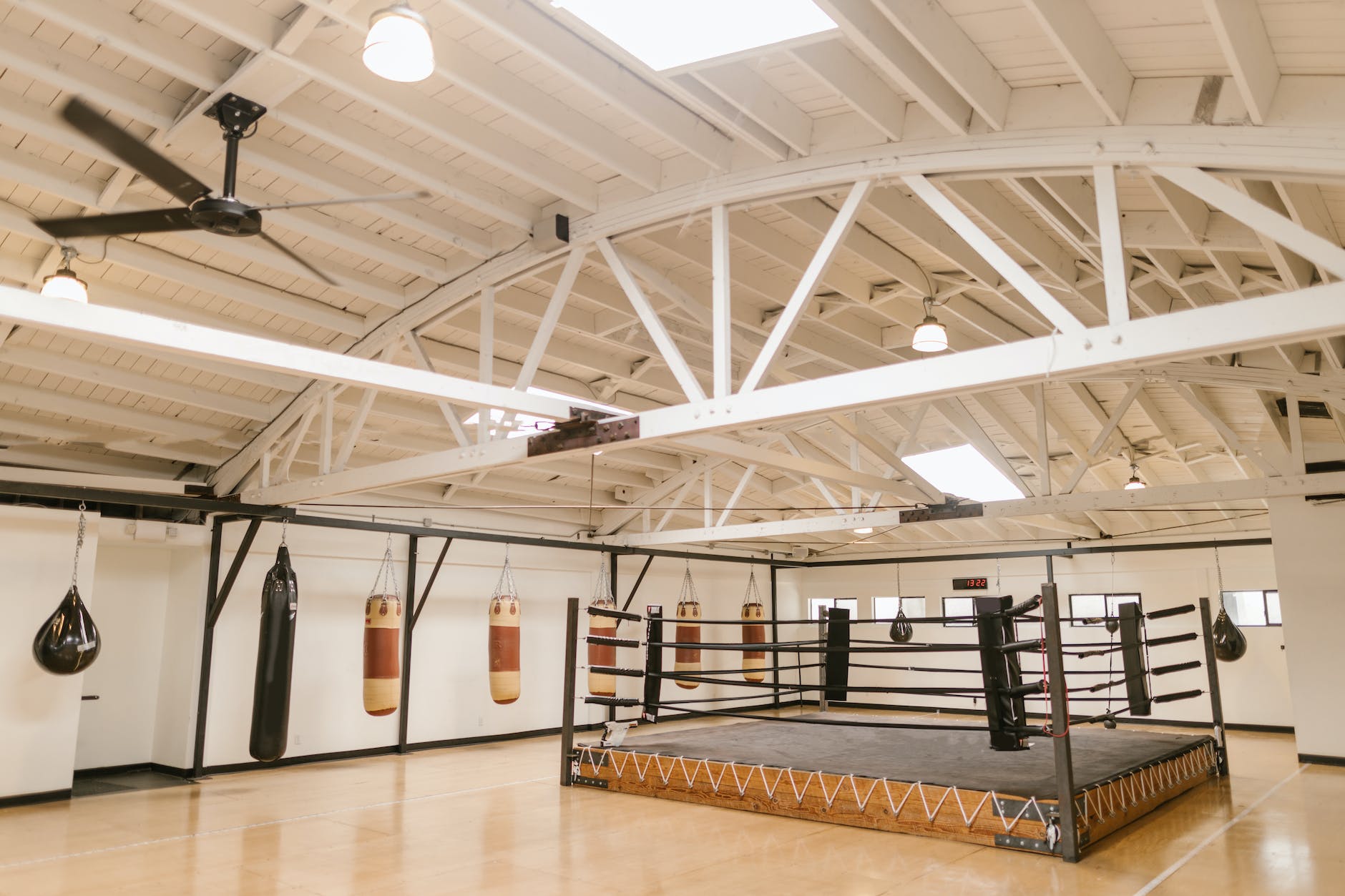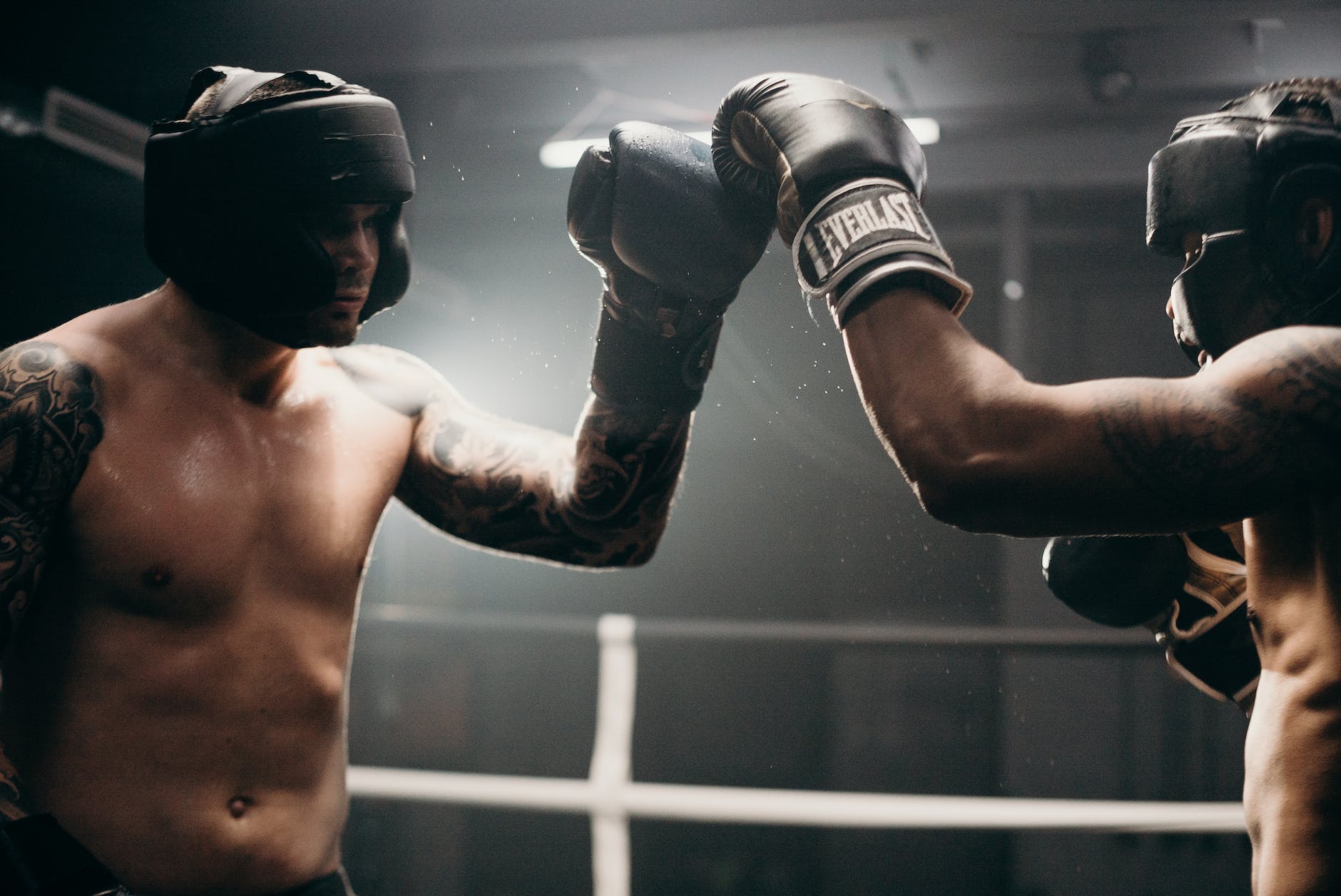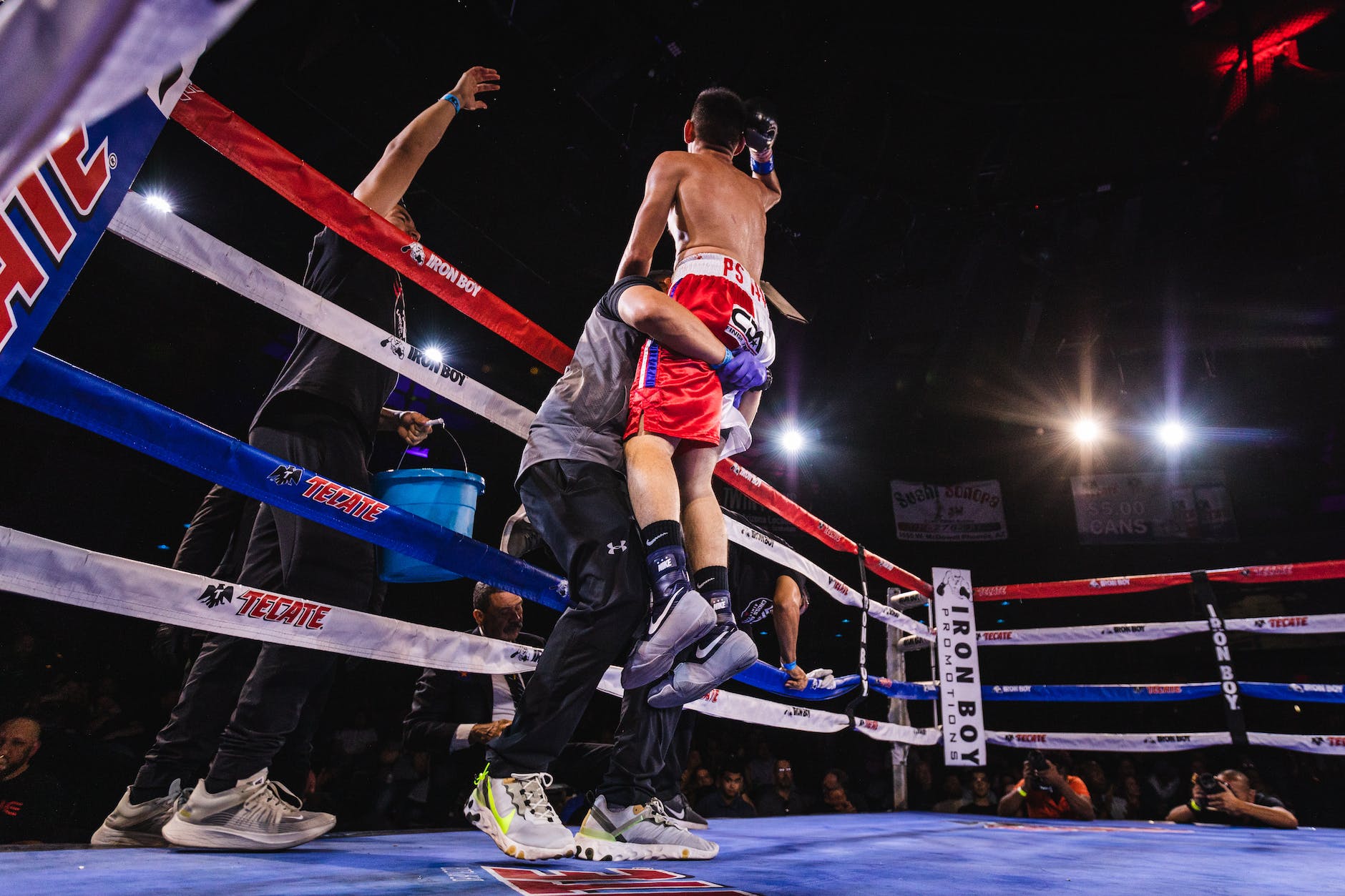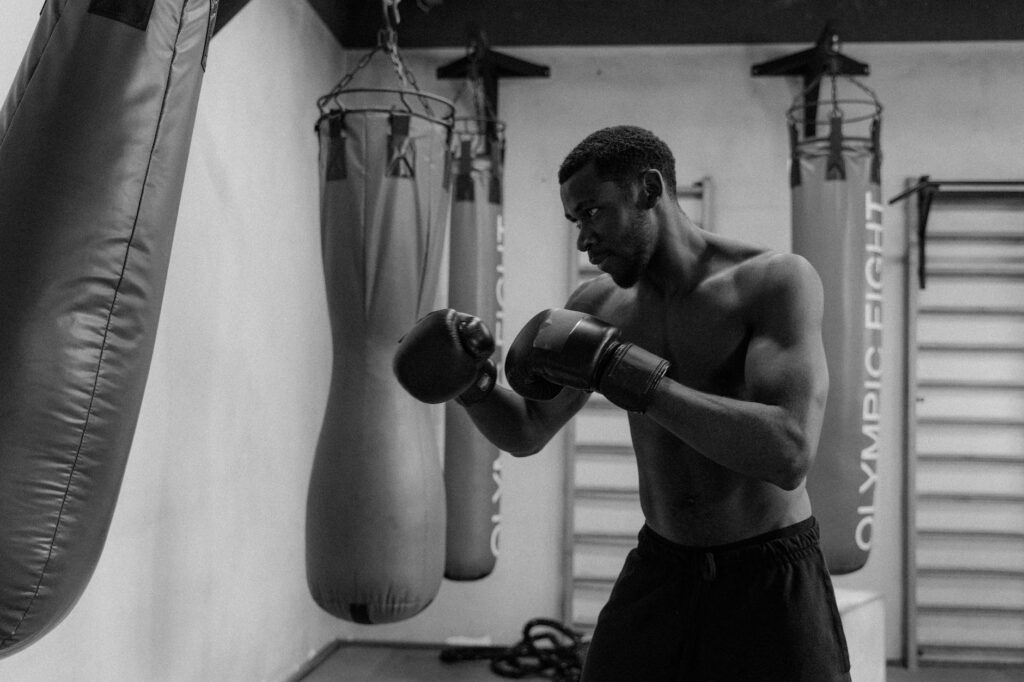For many, becoming a boxer is a lifelong dream, which is very understandable when you look at the money and fame, that some of the boxers has gained.
Whether you would like to be the next Floyd Mayweather or simply want to challenge yourself, this guide will tell you the steps to becoming a boxer.
Step 1: Find the Right Boxing Gym
The foundation of your boxing journey lies in finding the right gym. Look for a gym with experienced trainers who can provide guidance, support, and someone who seems knowledgeable and dedicated to help.
A good gym will not only offer boxing instruction but also create an environment conducive to your growth as a fighter. Look for a gym with great fighters, which will provide great sparring opportunities and motivation.

Research Local Gyms
Start by researching gyms in your area. Consider their reputation, the qualifications of the trainers, and the facilities available. Ask for recommendations from experienced boxers or coaches.
Visit and Assess
Visit potential gyms to get a feel for the atmosphere. Pay attention to the cleanliness, equipment quality, and the demeanor of the trainers. A welcoming and motivating environment is crucial.
Consult with trainers
Talk to the trainers at the gym. Discuss your goals, expectations, and the commitment required. A good trainer will assess your abilities and develop a tailored training plan.
Step 2: Start Training 4-7 Times a Week
Boxing is an incredibly demanding sport, both physically and mentally, which you will realize very soon. To prepare yourself adequately, commit to training rigorously, ideally 4-7 times a week. This should include a blend of boxing drills, cardiovascular conditioning, strength training, and sparring sessions.
Structured Training Plan
Work with your trainer to develop a structured training plan that includes specific goals, training frequencies, and rest days. A well-rounded plan will help you progress efficiently.
Cardiovascular Conditioning
Boxing demands exceptional stamina. Incorporate cardiovascular exercises like running, skipping rope, and swimming to improve your endurance.
Strength and Conditioning
To maximize your boxing potential, focus on strength and conditioning exercises. These can include weightlifting, plyometrics, and bodyweight exercises.
Step 3: Get Better and Familiarize Yourself with Boxing Basics
The early stages of your boxing journey will focus heavily on mastering the basics. Spend time on fundamental techniques like footwork, stance, jabs, hooks, and defensive maneuvers. These building blocks will serve as the cornerstone of your boxing prowess.
Boxing Fundamentals
Dedicate time to master the essential boxing techniques. Regularly practice your jab, cross, hooks, and uppercuts. Work on your defensive skills such as blocking, parrying, and slipping punches. Boxing fundamentals mean a lot more, than you might think!
Footwork and Balance
Develop exceptional footwork as it’s crucial for your mobility and positioning in the ring. Practice pivoting, circling, and maintaining balance while throwing punches.
Sparring
Engage in controlled sparring sessions with experienced partners. Sparring helps you apply your skills in a realistic setting and learn the nuances of timing and distance. Always find someone better than you, because you will learn much quicker this way. How to spar taller opponents.
step 4: After 8-12 Months, Have Your First Fight
Around the 8-12 month mark, you should consider stepping into the ring for your first amateur fight. This occasion allows you to apply the skills you’ve acquired in a real fight scenario. Embrace the challenge and learn from the experience. In the beginning, you shouldn’t be focusing on having a perfect record. Simply try to gain experience and do your best.

Amateur Boxing
Amateur fights are a vital part of your development as a boxer. They provide exposure to competitive boxing, helping you gain confidence and adapt to the pressures of the ring. You should aim to have around 5-10 amateur fights in a year.
Fight Preparation
Prepare very hard for your first fight. Work closely with your trainer to develop a fight strategy, understand your opponent’s style, and ensure you are physically and mentally prepared.
step 5: Gain Experience
Your journey as a boxer has just begun and now revolves around gaining experience. Amateur fights will provide you with a wealth of knowledge, helping you adapt to different styles, opponents, and fight situations. Experience will make you more adaptable, which ultimately will lead you to become a better fighter. If you look at guys like GGG or Vasiliy Lomachenko, they have had hundreds of fights!
Record and review:
Keep a record of your fights and review them with your trainer. Analyze your performance, identify areas for improvement, and refine your techniques. Get a bit better every time and you’ll be able to compete against the big boxers in no time!
Adaptability:
As you progress, you’ll face a variety of opponents with different styles and strengths. Developing unmatched adaptability is essential to succeed in the ring.
step 6: Compete Nationally
As you continue to develop as a boxer, the possibility of competing at the national level may be relevant. National tournaments and competitions are a fantastic way to showcase your skills and get noticed by scouts, promoters, and other key figures in the boxing world. Golden Gloves or similar events are fantastic way to gain even more experience.
National Exposure
Competing at the national level exposes you to a broader audience and elevates your profile as a boxer. It’s an opportunity to test your skills against some of the best in your country.
Networking
National competitions provide valuable networking opportunities. Connect with coaches, promoters, and fellow boxers who can offer guidance and support for your career. This could also lead to quality sparring, which is an essential part of your boxing journey!
step 7: Compete Internationally
For those with aspirations beyond national borders, international competitions offer a chance to represent your country and compete against world-class boxers from around the world.
International Exposure
International competitions allow you to measure your skills on a global scale. Competing against boxers from diverse backgrounds enhances your experience and knowledge. This is the time to focus on winning and getting noticed by fans. This will prepare them for when you are turning pro!
Recognition
Impressive performances at international events can catch the attention of scouts and promoters, potentially opening doors to professional opportunities, which is what you are seeking, right?
step 8: Turn Pro
Transitioning to professional boxing is a very significant decision. It’s a step that requires careful consideration, as it involves a higher level of commitment, training, and competition. Before making the leap, consult with experienced professionals and ensure you are fully prepared for the challenges ahead.

Professional career
Turning pro involves a commitment to a full-time boxing career. This involves signing with a promoter, negotiating contracts, and pursuing a professional record.
Training and promotion
Professional boxers require rigorous training and promotion to establish their careers. Develop a team that includes trainers, managers, and promoters to guide your journey.
Not amateur league
Professional boxing isn’t the same as amateur boxing. You’ll be paid by the views you pull. This means that you have to develop a fighting style and charisma, that attracts fans and will generate revenue. This should also be an essential part of your thought process.
Summary
In summary, becoming a boxer is a hard, but very explainable journey. It’s marked by relentless dedication, passion, hard work, and the pursuit of excellence.
Your path begins with finding the right gym, followed by a sh*t load of training and dedication! Stepping into the amateur league and potentially turn professional.
Good luck!

